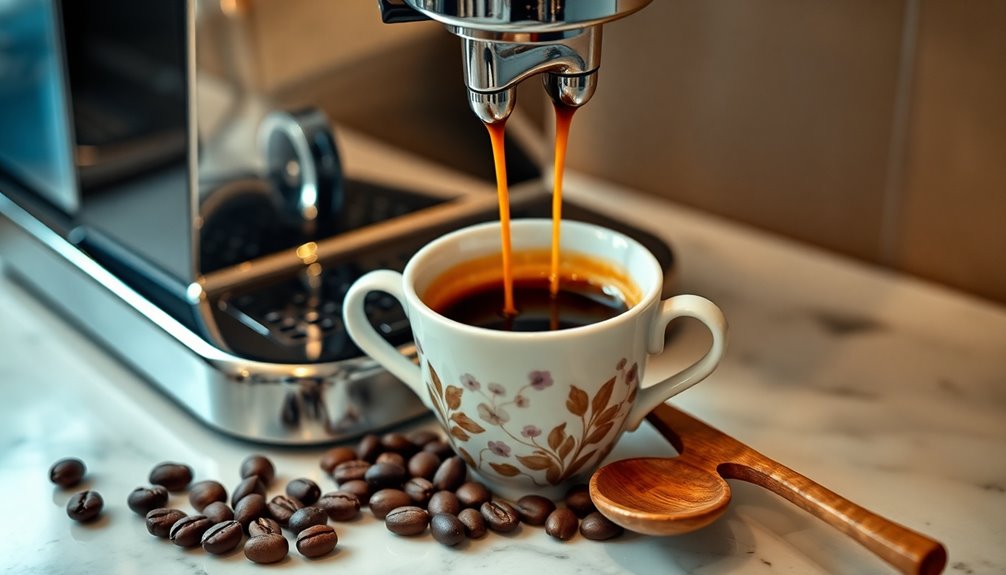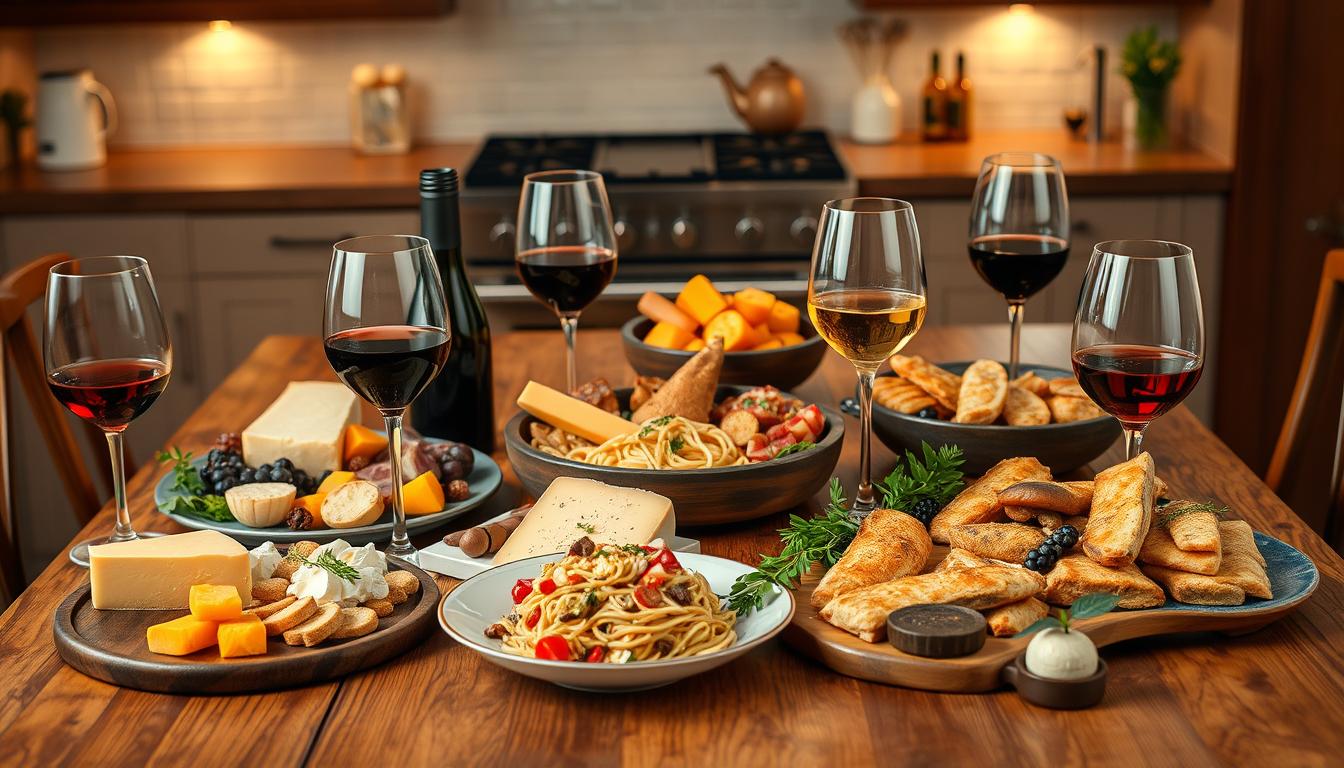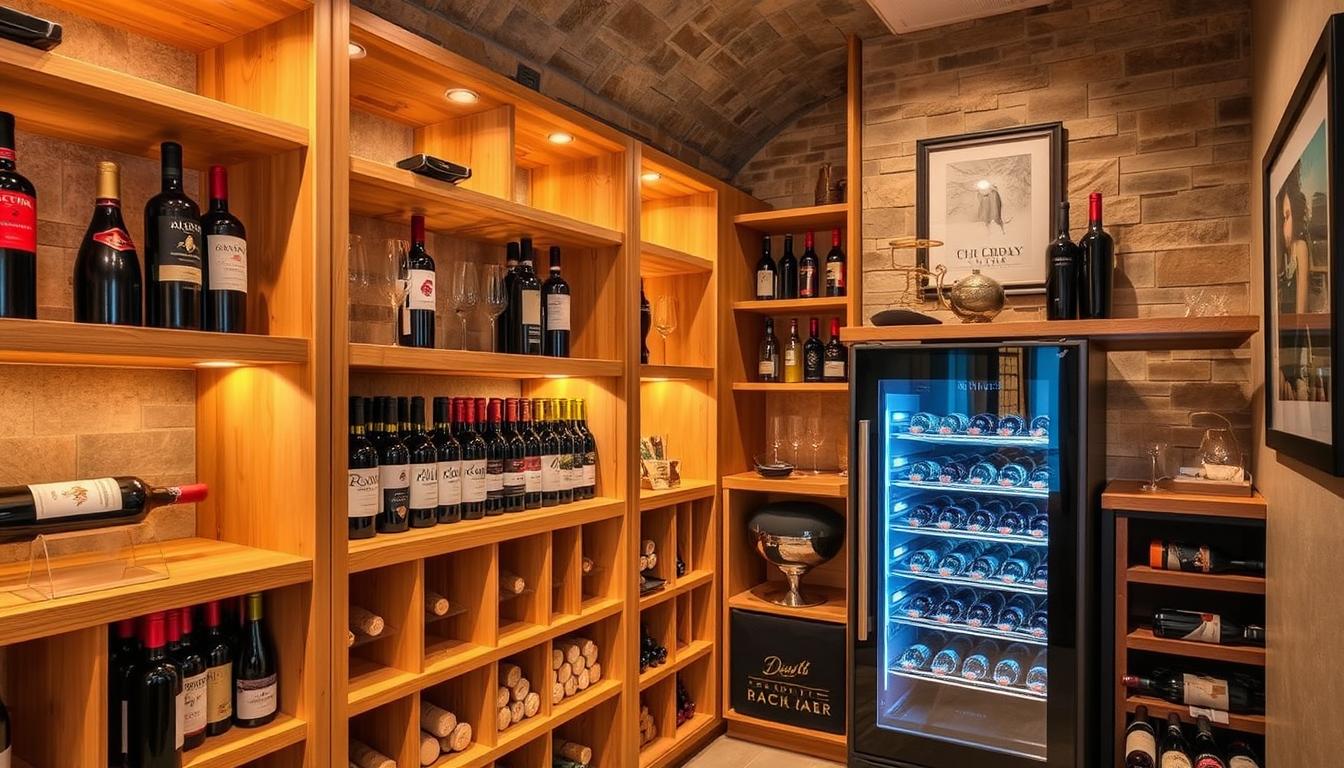To make the perfect Italian-style espresso at home, start by choosing fresh, high-quality beans roasted within the last few weeks. Weigh about 18-20 grams, and grind them to a fine consistency. Preheat your espresso machine and pack the grounds evenly in the portafilter. Pull your shot for 25-30 seconds while monitoring for a rich crema. Enjoy the flavors and aroma, and discover tips to enhance your brewing technique even further.
Key Takeaways
- Choose high-quality, freshly roasted coffee beans within 4 days to 2-3 weeks for optimal flavor and aroma.
- Weigh your coffee dose accurately: 15g for Rancilio Silvia and 17-18g for Gaggia Classic, ensuring consistency.
- Grind beans to a fine consistency, finer than table salt, to achieve the best extraction results.
- Monitor the extraction time, aiming for a 1:2 coffee-to-espresso ratio within 20-30 seconds for balanced flavor.
- Enjoy your espresso immediately in a pre-warmed cup, and consider pairing with sparkling water to cleanse the palate.
Selecting the Right Coffee Beans

When it comes to brewing the perfect espresso at home, selecting the right coffee beans is essential.
For that authentic Italian espresso experience, choose beans roasted within 4 days to 2-3 weeks for peak flavor. Always check for a roast date on the bag; avoid those with a use-by date, as they might be older and less fresh.
Opt for specialty coffee beans from local coffee shops or reputable roasteries to guarantee quality.
Remember, grind consistency matters too—aim for a texture finer than table salt to achieve the right extraction. Additionally, understanding the differences between espresso and coffee can help you appreciate the unique qualities of your brew.
Finally, use weight instead of volume to measure your coffee beans, with 15g for a Rancilio Silvia double basket and 17-18g for a Gaggia Classic.
The Importance of Freshness

Freshness plays an essential role in crafting the perfect espresso, as using beans that are too old can greatly diminish flavor and quality.
The ideal freshness window for espresso beans is between 4 days and 2-3 weeks post-roasting. Always check for a roast date when purchasing to avoid old beans, which can lead to poor extraction and a lack of crema.
Instead of buying in bulk, opt for smaller amounts to keep your ground coffee beans fresh over time. Sourcing specialty coffee from local shops or reputable roasteries guarantees you get high-quality, fresh beans. Additionally, incorporating fresh ingredients into your brewing process can further enhance the overall flavor profile of your espresso.
Measuring Your Dose

Precision is key in making the perfect espresso, and measuring your dose accurately is an essential step in that process. For Italian espresso coffee, always weigh your coffee beans instead of measuring by volume. Aim for a dose of 15g for a Rancilio Silvia or 17-18g for a Gaggia Classic to achieve ideal extraction.
To enhance your espresso-making experience, remember these three tips:
- Maintain a 1:2 ratio of coffee in the portafilter to espresso in the cup for balance.
- Consistently adjust your dose to modify the espresso volume, not the extraction quality.
- Take notes on your dosing adjustments to refine your technique over time. Additionally, color accuracy in your espresso machine can influence the perceived flavor and overall experience of your brew.
Achieving the Perfect Grind

Achieving the perfect grind is essential for pulling a delicious espresso shot. Start with a grind setting that’s finer than table salt to get the ideal texture for espresso extraction.
As you adjust the grind, keep an eye on shot timing: a finer grind will slow down your shot, while a coarser grind speeds it up. Watch for signs like blonding and swirly tailing to help you determine if further adjustments are needed.
Using a bottomless portafilter can also help diagnose extraction issues, allowing you to fine-tune your grind for consistency. Additionally, understanding the caffeine content in espresso can guide you in selecting the right grind for your desired strength.
Don’t forget to purge your grinder when changing settings, ensuring that the grind size remains consistent and effective for your espresso preparation.
Temperature Control for Brewing

Once you’ve perfected your grind, the next step in crafting a great espresso is mastering temperature control. The ideal brewing temperature ranges from 92°C to 98°C. Avoid using boiling water, as it can scorch your coffee, leading to unpleasant burnt flavors.
Mastering temperature control is crucial for great espresso; aim for 92°C to 98°C to avoid burnt flavors.
Here are three key tips to guarantee you achieve the perfect brew:
- Purge your machine: Flushing hot water through your group head stabilizes the temperature before brewing.
- Choose the right beans: Denser beans may need higher temperatures for peak extraction.
- Use a bottomless portafilter: This tool helps you spot any temperature-related issues, allowing for necessary adjustments. Additionally, maintaining proper temperature control can enhance the extraction process, ensuring a richer flavor profile in your espresso.
Pulling the Shot

When you’re pulling the shot, timing and dosing are essential for that perfect espresso. Aim for a 1:2 coffee-to-espresso ratio and pull your shot within 20-30 seconds to guarantee ideal flavor extraction. Additionally, using high-quality freshly ground coffee can significantly enhance the overall taste of your espresso.
Shot Timing Essentials
- Blonding: The color of the espresso starts to lighten, indicating over-extraction.
- Swirly Tailing: A sign of uneven extraction, which can affect taste.
- Yield Ratio: Use a 1:2 ratio, like 17g of coffee for about 34g of espresso.
Consistency is key, so keep your dosing and grind size stable. Additionally, understanding the ideal flavor profile can enhance your espresso-making skills.
If something feels off, trust your taste buds and adjust accordingly. You’ll be a pro in no time!
Consistent Dosing Techniques
Achieving consistent dosing is essential for pulling a perfect espresso shot. Aim for about 15g for a Rancilio Silvia double basket or 17-18g for a Gaggia Classic.
Use weight, not volume, to measure your coffee beans, as this promotes consistent dosing techniques and shot quality. Maintain a 1:2 ratio of coffee in the portafilter to espresso in your cup for ideal extraction.
Remember to pull your shots within 20-30 seconds; timing is vital. If you need to adjust the amount of espresso produced, tweak the dose while keeping the grind size and extraction time consistent. Additionally, coffee’s health benefits extend beyond flavor, as it contains antioxidants that can combat oxidative stress.
Tasting and Adjusting Flavors

To create the perfect espresso, you need to taste and adjust the flavors as you go. It’s vital to find the right balance, and here’s how you can do it:
- Bitter? Adjust by grinding coarser or reducing your dose.
- Sour? Try a finer grind or increase your dose to extract more flavors.
- Monitor Extraction: Look for blonding and swirly tailing; aim for a shot pulled in 20-30 seconds.
Experimenting with grind settings and doses is fundamental, especially with different roast types. Additionally, just like achieving the perfect balance in espresso, making Idli Sambar requires careful adjustment of spices to suit your taste preferences.
Keep detailed notes on your adjustments, as this will help you refine your process over time.
Creating Cremina for Your Espresso

Once you’ve fine-tuned the flavors of your espresso, you can take your drink to the next level by creating a delightful cremina.
Start by filling a regular coffee cup with 3 to 4 teaspoons of sugar. As your Moka Pot begins to percolate, pour in 2 to 3 teaspoons of the freshly brewed espresso. Stir this mixture quickly to dissolve the sugar, achieving a light caramel color—your cremina.
Continue brewing the Moka Pot until your espresso is fully finished, ensuring the cremina is ready beforehand. Once brewed, take a teaspoon of the cremina and add it to a separate espresso cup before pouring in the rest of the espresso. Stir gently to blend, enhancing both the flavor and presentation of your espresso. Additionally, understanding the importance of consumer awareness can help you choose high-quality coffee beans for your perfect brew.
Enjoying Your Perfect Brew

While savoring your perfect brew, it’s essential to appreciate the nuances of flavor and aroma that an expertly crafted espresso offers. Serve your espresso immediately after brewing to capture its rich essence.
Here are three tips for enjoying your beautiful coffee:
- Pair it with a small glass of sparkling water to cleanse your palate.
- Enjoy it in a pre-warmed cup to maintain the ideal temperature.
- Experiment with a teaspoon of cremina for a delightful sweetness.
Each sip should be a celebration, letting the lasting crema enhance your experience.
Frequently Asked Questions
How to Make Proper Italian Espresso?
To make proper Italian espresso, start by using about 7 grams of finely ground coffee, ensuring it’s finer than table salt.
Fill your espresso machine’s water chamber and tamp the grounds lightly. Brew at 8-10 bar pressure for about 25 seconds.
Watch closely for a creamy layer to form on top, then stop brewing to avoid spitting. Aim for around 25 ml of espresso, topped with a rich crema for the best flavor.
What Do Italians Use to Make Espresso at Home?
Did you know that over 90% of Italian households use a moka pot to brew their coffee?
When you’re making espresso at home, you’ll likely reach for this traditional stovetop maker. It’s simple: fill the bottom with cold water, add finely ground coffee to the filter, and heat it on your stove.
This method not only delivers rich flavor but also helps you avoid wasteful materials, promoting an eco-friendly brewing experience.
What Is the Italian Rule for Espresso?
The Italian rule for espresso focuses on a coffee-to-water ratio of about 1:2. This means for every gram of coffee you use, you’ll want to extract around 2 grams of liquid espresso.
It’s crucial to brew under a pressure of 8-10 bar and aim for an extraction time of around 25 seconds.
What Makes Italian Espresso so Good?
As the saying goes, “Good things come to those who wait.”
Italian espresso stands out due to its meticulous brewing process, which captures rich flavors and a velvety crema.
You’ll find that freshly roasted beans, ground finely, release their best essence, creating a concentrated shot in just 25 seconds.
The high pressure and precise temperature guarantee every cup delivers a delightful experience, making Italian espresso a true art form that’s hard to resist.
Conclusion
Now that you’ve mastered the art of making Italian-style espresso at home, you can truly appreciate the craft behind each cup. Did you know that nearly 70 million cups of espresso are consumed daily worldwide? This statistic shows just how much people love this rich, bold brew. So, go ahead, share your perfect espresso with friends or enjoy it solo—either way, you’re savoring a piece of Italian culture right in your kitchen!










